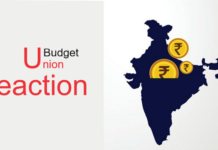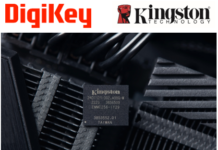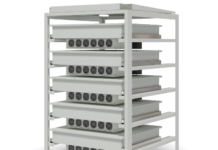
The cable access market in 2Q 2017 increased, driven by massive capacity expansions by major operators to meet growing demand for bandwidth. Comcast spent $591 M on scalable infrastructure in 2Q 2017, up from $437 M in 1Q 2017, a 35% increase and a 27% y-y increase. A major part of Comcast’s scalable infrastructure spend is due to an aggressive plan to deploy DOCSIS 3.1 across its footprint by end of 2018. It has recently introduced DOCSIS 3.1 in key markets including Philadelphia, Boston, Washington, D.C and the entire state of New Jersey (Source: LightReading).
The growth trend is expected to continue in the foreseeable future as operators increase their investment in capacity growth and as more start DOCSIS 3.1 roll-outs (of note is Cox’s recent announcement). At the same time, operators are beginning in earnest to plan the evolution of their access networks, and 2018 is expected to be the year that operators move to a Distributed Access Architecture as a pathway to virtualize their infrastructure (of note is the announcement at ANGA in May 2017 that Stofa, a Dutch operator, will deploy the Arris R-PHY solution).
In a market of generally tight capex spending, the cable industry is a bright spot. Comcast’ total cable capex spend was approximately $2 B in 2Q 2017 and is expected to remain at 15% of revenue throughout 2017.
The CCAP market will continue to grow; we expect its CAGR to be 9.2% through 2021. Major vendors in the space, Arris, Cisco and Casa, will continue to benefit. New entrants, such as Harmonic, with its promising CableOS solution, and Nokia, with a solution based on its Gainspeed acquisition, will be interesting to watch.
by: Liliane Offredo-Zreik
Click for more information about Liliane Offredo-Zreik.


















